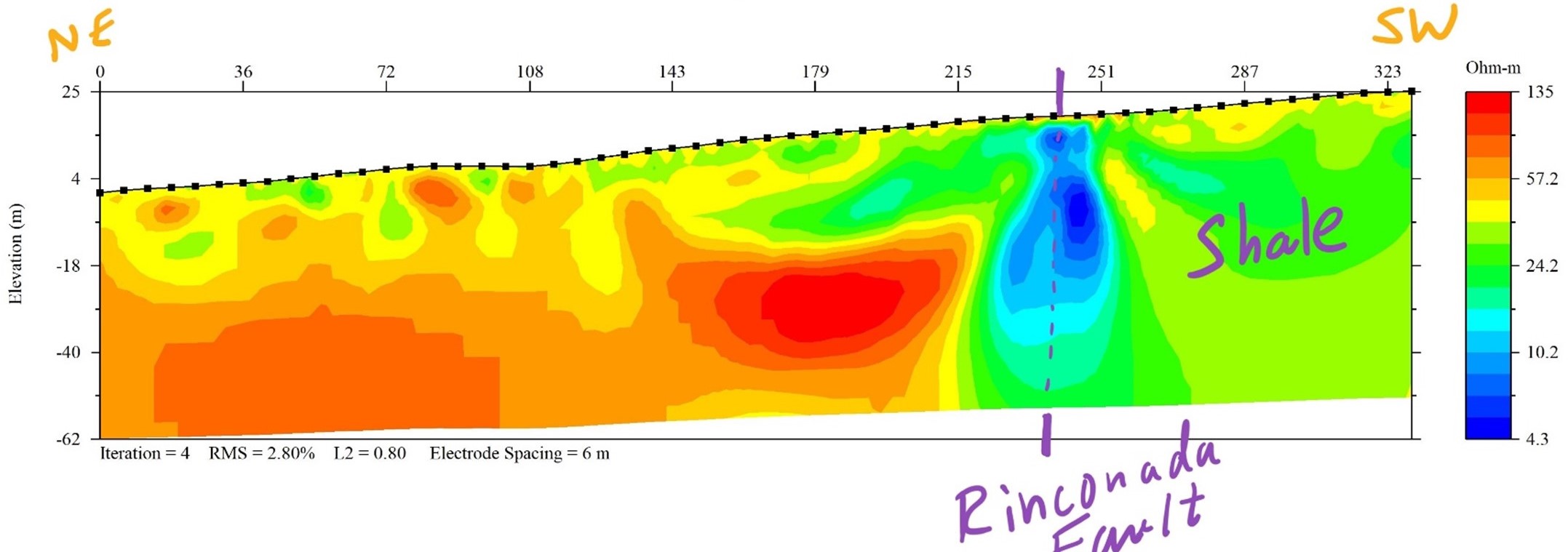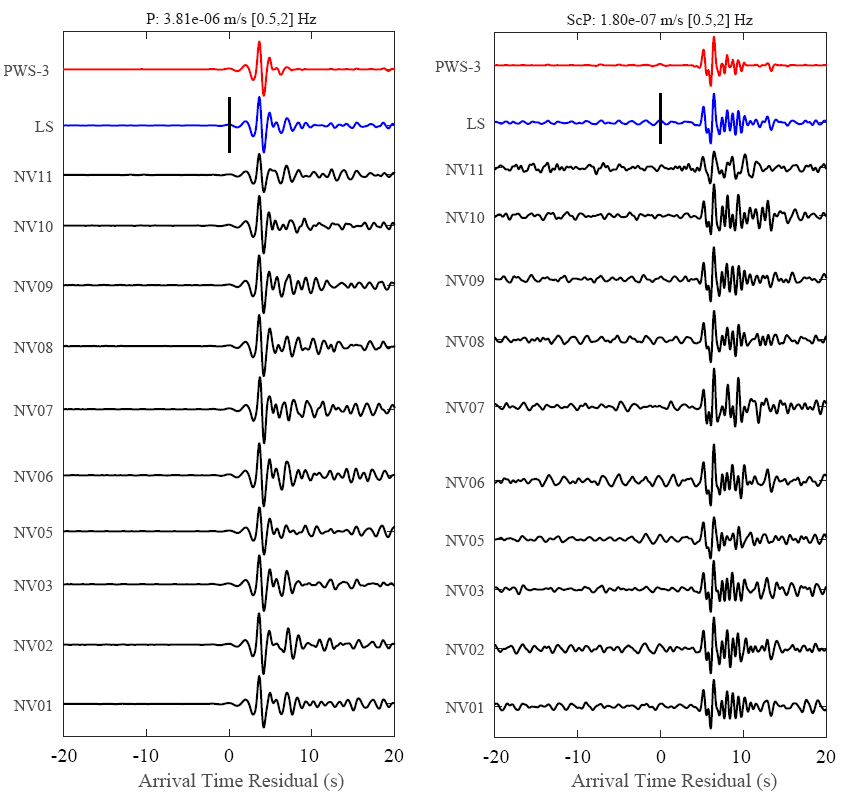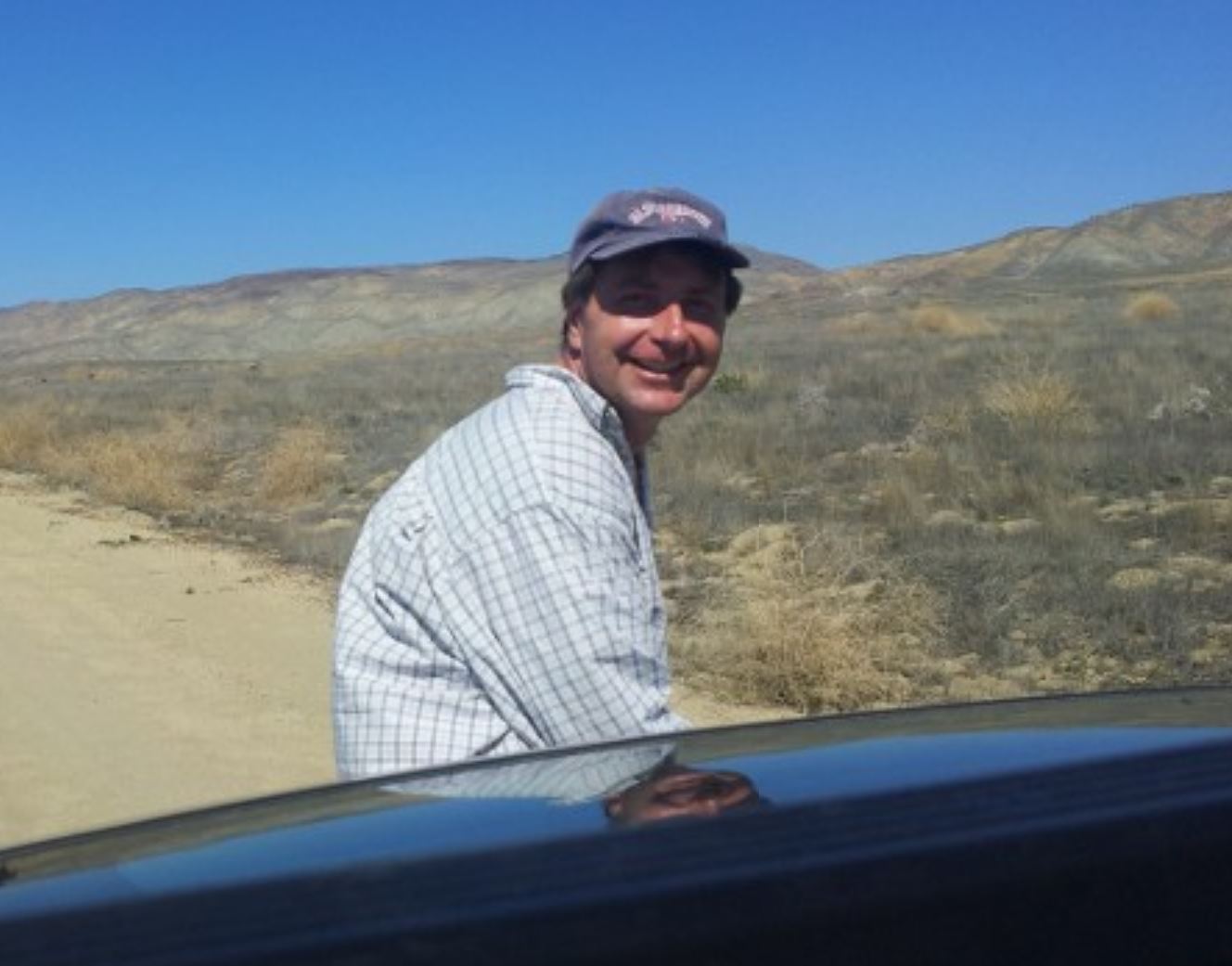Teaching
I will be on sabbatical in Winter and Spring quarters 2025 and working on some local near-surface geophysics field projects. If you are interested in learning more about these please email me.
Course Websites
I am slowly making some simple websites for some of my courses - this section provides one place of reference for linking to them.
- GEOL 201 Physical Geology
- GEOL 206 Geologic Excursions
- GEOL 241 Physical Geology Laboratory
- GEOL 305 Seismology and Earth Structure
- GEOL 420 Applied Geophysics
- PHYS 410 Physics of Solid Earth
Geophysical Research at Cal Poly San Luis Obispo
I work in and supervise student research and senior projects in the areas of near-surface geophysics (hydrogeology) and global seismology. If you are a student and want to discuss opportunities in these areas feel free to send me an email or stop by my office (Baker Science Room 520) sometime.
Near-surface Geophysics & Hydrogeology
I primarily use electrical resistivity tomography to image near-surface geologic structures such as faults, folds, and stratigraphy; the typical application to infer aquifer structure and groundwater resources. In addition, other methods include induced polarization (IP) and self potential (SP), and seismic refraction tomography (SRT).
Below is a two-dimensional electrical resistivity tomography (2D ERT) image collected along the Rinconada Fault in Paso Robles, CA. The southwest side (on right) is shale (exposed at surface) and the northeast side is made up of decomposed granite from the Salinian Block at the surface, which is presumably fractured at depth. Here we are trying to evaluate whether the fractured granite could act as an aquifer for the landowner.
Data was collected by the Fall 2022 Applied Geophysics class using the mighty SuperStingR8 resistivity meter and 56 electrodes at six-meter spacing.

Global Seismology
Global seismology analyzes earthquake waves to infer/constrain the earth’s deep interior structure and state.
Ultra-low Velocity Zones (ULVZ) at the Core-mantle Boundary
Currently students have been exploring ultra-low velocity zones (ULVZ) at earth’s core-mantle boundary at 2,900 km depth using PcP and ScP seismic phases.
The image below shows a model fit (red: data, blue: synthetic) of ultra-low velocity zone structure using PcP phase arrivals recorded at a high density array.
The PcP phase arrival shows an ultra-low velocity zone structure at the core-mantle boundary. The best fitting one-dimensional ULVZ model has a thickness of 6.5 km and S-wave velocity decrement of 27.5%.
Interestingly, no density increase or P-wave velocity decrement is needed; in fact, increasing the density and/or decreasing P-wave velocity immediately begins to degrade model fit (with the important caveat that these are only one-dimensional models!).

Core-rigidity Zones
Students are also modeling ScP waves for anomalous structure at the core-mantle boundary. The image below shows a stack (linear and phase-weighted) of P-waves and ScP-waves. The ScP response is suggestive of a core-rigidity zone (CRZ) structure (Rost and Revenaugh 2001), or → direct link to PDF.

Some observations of a CRZ structure were also detected with ultra-low velocity zone (ULVZ) observations (Rost and Revenaugh 2003) → freely downloadable from Journal of Geophysical Research. The above two references are the only previous CRZ observations in the literature I am aware of.
Geophysical Equipment
- Advanced Geosciences SuperSting R8 112 electrode electrical resistivity meter with EarthImager 1D/2D/3D inversion software.
- IRIS Instruments Syscal Kid Switch-24 electrical resistivity .
- 24-channel field seismometer for near-surface seismic refraction/reflection surveys with Geogiga seismic processing software: Surface, DW Tomo, Reflector.
Photo Albums
Class field trips, field research, maybe some personal ones thrown in there too. Probably a lot of them are not even live right now though ...
Applied Geophysics (GEOL 420)
Fall 2024 | Fall 2023 | Fall 2022 | Fall 2021 | Fall 2020Fall 2019 | Fall 2018 | Fall 2017 | Fall 2016 | Fall 2015
Fall 2014
Seismology & Earth Structure (GEOL 305)
Spring 2024 | Spring 2022 | Winter 2020 | Fall 2015Physical Geology Laboratory (GEOL 241)
Spring 2023 | Spring 2021 | Winter 2021 | Spring 2019 | Spring 2018Spring 2017
Geologic Excursions (GEOL 206)
Fall 2021 | Spring 2019 | Spring 2018 | Fall 2016Field Projects
Studying the potential for a hard-rock aquifer in fractured Salinian Block granite in Paso Robles, CA.
- Dog Leg Aquifer - An Educational Near-surface Geophysics Project
Personal Photo Albums
- The Yellow Aster Butte trail near Mt. Baker in northern Washington
Personal Photo Albums
Yellow Aster Butte Trail near Mt. Baker in northern Washington.Everything Else
But, nothing at all right now ...
